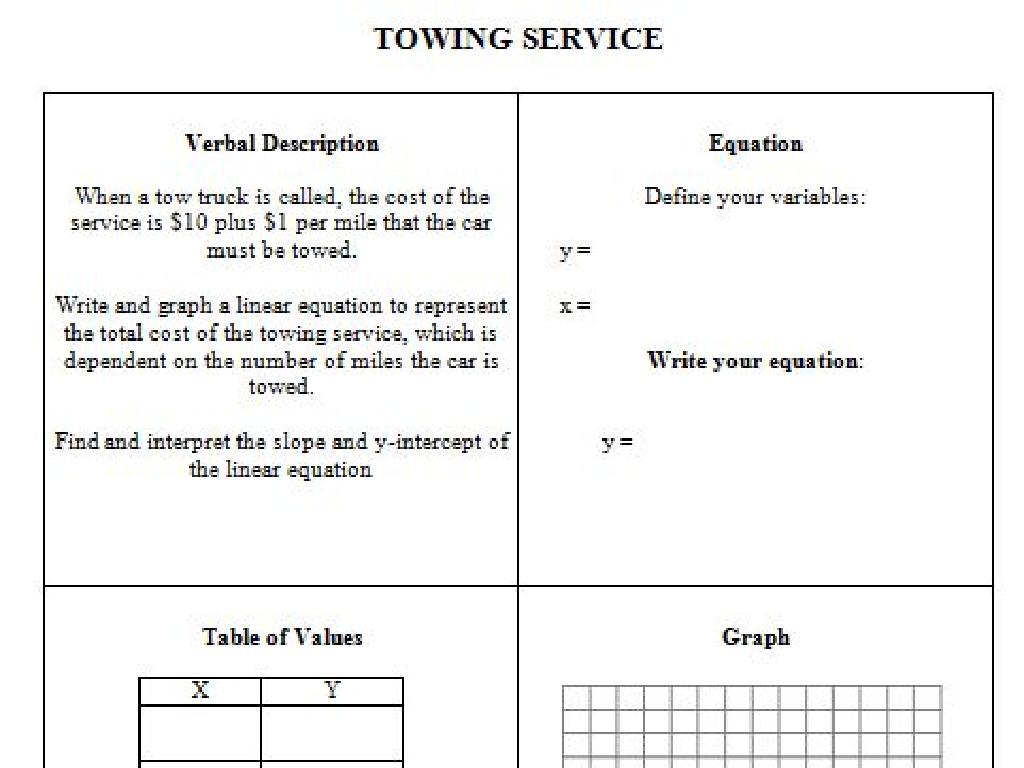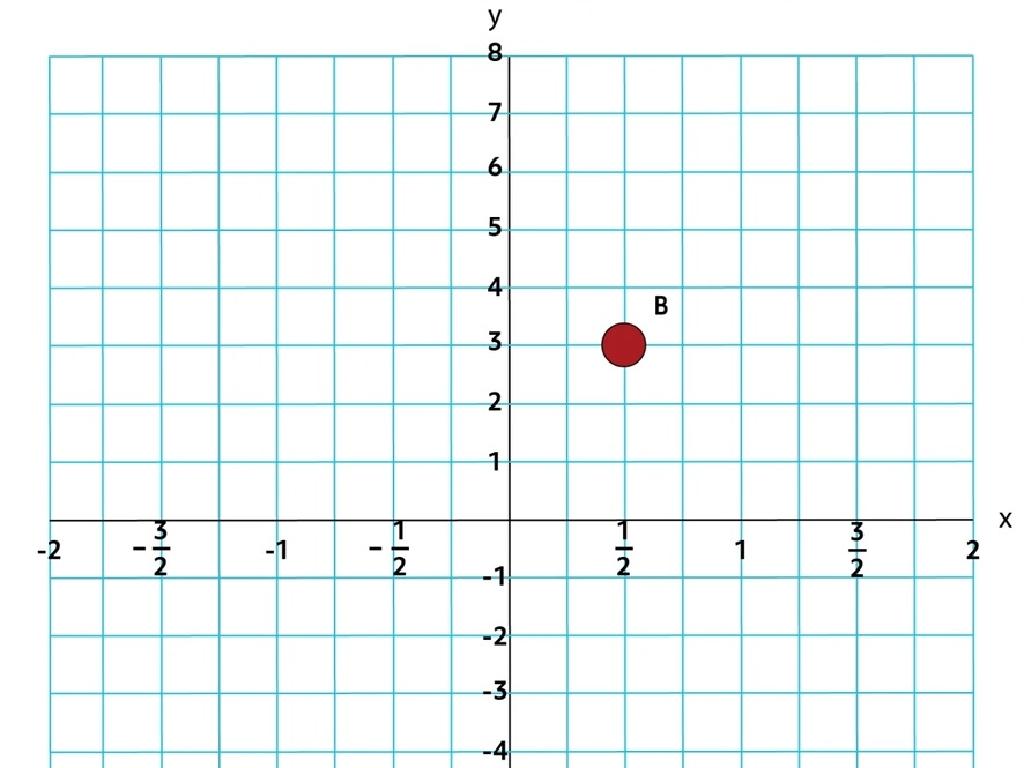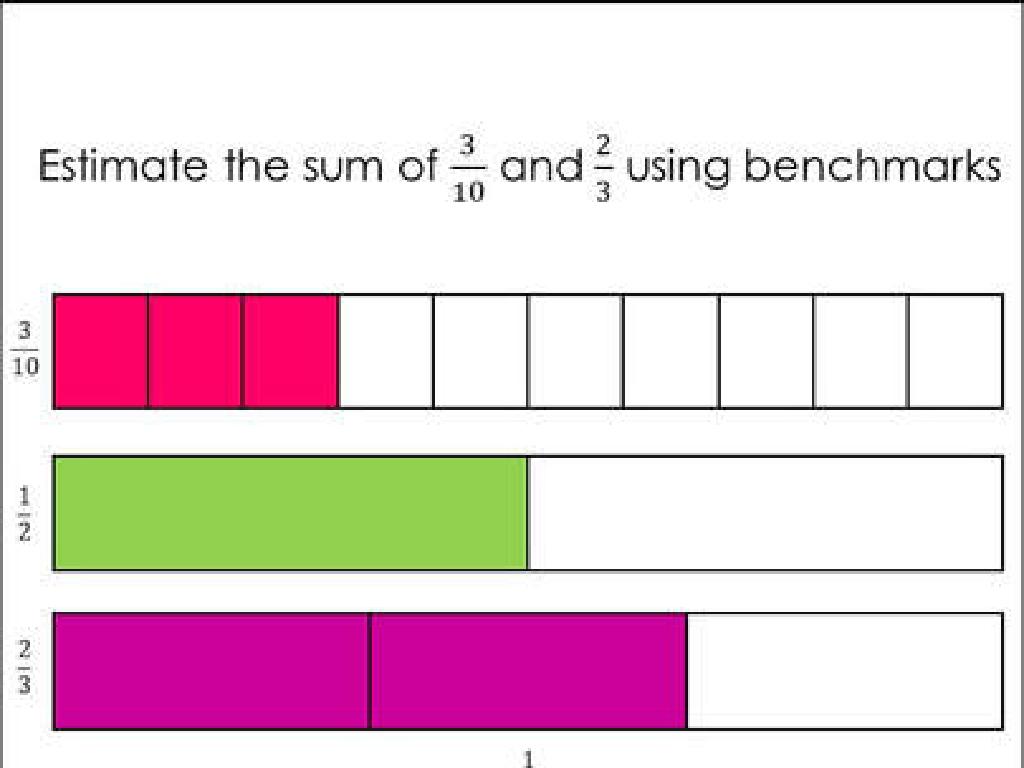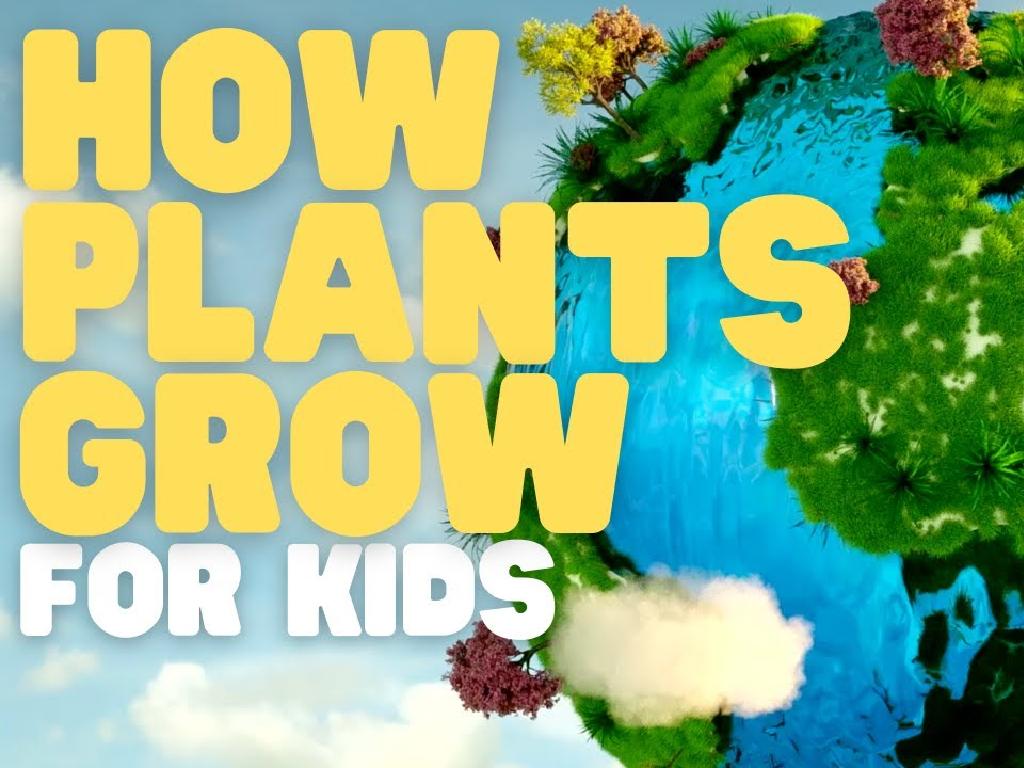Name Oceans And Continents
Subject: Social studies
Grade: Fifth grade
Topic: Physical Geography
Please LOG IN to download the presentation. Access is available to registered users only.
View More Content
Exploring Oceans and Continents
– Our planet’s vast oceans
– Earth has five oceans: Pacific, Atlantic, Indian, Southern, and Arctic.
– The seven continents
– Continents include Africa, Antarctica, Asia, Europe, North America, South America, and Oceania.
– Geography shapes our world
– Geography influences climate, culture, and wildlife.
– Physical features and landscapes
|
This slide introduces students to the basics of physical geography, focusing on the major bodies of water and landmasses that make up Earth’s surface. Start by discussing the five oceans, highlighting their locations and unique characteristics. Then, move on to the seven continents, encouraging students to think about the diverse environments and cultures found on each. Emphasize how geography affects various aspects of life on Earth, from the weather we experience to the animals we share the planet with. Use a globe or map to visually demonstrate these features during the lesson.
Exploring Physical Geography
– Understanding Earth’s landscapes
– Physical geography looks at mountains, valleys, and plains.
– Physical geography: land, water, life
– It covers oceans, rivers, and the living organisms within.
– Human interactions with geography
– How we live, work, and play in different areas.
– Importance of oceans and continents
– Oceans and continents form the Earth’s surface and support life.
|
This slide introduces students to the concept of physical geography, which is the study of the Earth’s natural features. It encompasses various landforms, bodies of water, and ecosystems, and it also examines how humans interact with their environment. Emphasize the significance of understanding physical geography to appreciate how the Earth’s structure affects weather patterns, habitats, and human activities. Highlight the importance of oceans and continents as they are the major components of the Earth’s surface and play a crucial role in climate, biodiversity, and cultural diversity. Encourage students to think about how their local geography affects their daily lives.
Exploring Our World: The 7 Continents
– Earth has 7 continents
– Names of all continents
– Asia, Africa, North America, South America, Antarctica, Europe, Australia
– Each continent’s uniqueness
– Asia: largest continent, Africa: diverse wildlife, North America: vast landscapes, South America: Amazon rainforest, Antarctica: icy land, Europe: rich history, Australia: surrounded by oceans
– Continents’ global significance
|
This slide introduces students to the concept of continents, which are large landmasses on Earth. There are seven continents, each with its own name and set of unique characteristics that distinguish it from the others. Asia is notable for being the largest, while Africa is known for its incredible wildlife and diverse ecosystems. North America features a range of environments, from arctic tundra to desert landscapes, and South America is home to the world’s largest rainforest. Antarctica is a continent covered in ice, Europe is celebrated for its deep historical roots and cultural impact, and Australia is unique for being a country as well as a continent, surrounded by the Indian and Pacific Oceans. Encourage students to learn more about each continent’s geography, climate, and role in the global community. This foundational knowledge sets the stage for deeper exploration into physical geography and the interconnectedness of our world.
Exploring the Oceans
– Earth’s five major oceans
– Pacific, Atlantic, Indian, Southern, Arctic
– Names of the oceans
– Pacific is largest, Arctic is smallest
– Oceans’ impact on climate
– Oceans regulate weather and temperature
– Oceans’ role in supporting life
– Oceans are home to diverse marine life
|
This slide introduces students to the vast bodies of water that cover our planet. Start by explaining that oceans are large, interconnected bodies of saltwater that cover over 70% of the Earth’s surface. Highlight the names of the five major oceans: the Pacific, Atlantic, Indian, Southern, and Arctic, with the Pacific being the largest and the Arctic the smallest. Discuss how oceans affect climate by distributing heat around the globe and influencing weather patterns. Emphasize the importance of oceans in supporting a wide variety of life forms, from the smallest plankton to the largest whales. Encourage students to think about how oceans impact their own lives and the health of the planet.
Continents and Oceans: Earth’s Geographical Tapestry
– Interconnection of land and sea
– Continents and oceans are part of one global ecosystem.
– Oceans in global trade and ecology
– Oceans are key to trade routes and marine life habitats.
– Continents shape our world
– Each continent has a unique geography and cultural significance.
– Oceans: Earth’s vital waters
– Oceans regulate climate and support diverse marine species.
|
This slide aims to illustrate the symbiotic relationship between the world’s continents and oceans, emphasizing their importance in global trade, ecological balance, and cultural diversity. Students should understand that continents and oceans are not separate entities but interconnected parts of a larger ecosystem. Highlight the role of oceans in facilitating international trade and their critical function in supporting a vast array of marine life. Discuss how the unique features of each continent contribute to the planet’s geography and human civilization. Encourage students to think about how oceans affect climate patterns and the importance of conserving these vital bodies of water for future generations.
Activity: Label the Map
– Let’s test our geography skills!
– Each student gets a blank map
– Label all 7 continents
– Continents: Asia, Africa, North America, South America, Antarctica, Europe, Australia
– Mark the 5 oceans
– Oceans: Pacific, Atlantic, Indian, Southern, Arctic
|
This activity is designed to reinforce the students’ knowledge of the world’s continents and oceans. Distribute a blank map to each student and instruct them to label the seven continents and five oceans correctly. To assist them, you can remind them of any mnemonic devices or songs learned in class that could help them remember. For example, ‘Eat An Apple As A Nighttime Snack’ to remember the continents in order of size. Provide colored pencils or markers to help differentiate between the continents and oceans. As an extension, you could ask students to also label major mountain ranges, rivers, or other geographical features they have learned about. This hands-on activity will help solidify their understanding of world geography.
Review and Reflect: Our World’s Geography
– Recap of today’s geography lesson
– Share facts about continents and oceans
– Discuss unique aspects of each continent and ocean
– Understanding the importance of geography
– Knowing geography connects us globally and aids in understanding world events
– Reflect on what we’ve learned
|
This slide aims to consolidate the knowledge gained in today’s lesson on the names of the oceans and continents. Encourage students to share interesting facts they’ve learned about each continent and ocean, fostering a collaborative learning environment. Emphasize the importance of geographical knowledge in understanding current events, environmental issues, and cultural diversity. This reflection helps students appreciate the interconnectedness of our world and the relevance of geography in their daily lives. Ask prompting questions to facilitate discussion and ensure each student has a chance to contribute.
Class Activity: Continent and Ocean Charades
– Engage in movement-based learning
– Act out clues for continents and oceans
– Mimic the shape or cultural aspect of a continent, or wave-like motions for oceans
– Guess the geographical feature
– Reinforce knowledge through play
– Helps memorize locations and facts in an enjoyable way
|
This interactive class activity is designed to help students learn the names of continents and oceans in a fun and engaging way. Divide the class into small groups and have each group take turns acting out clues without speaking, while the rest of the class guesses the name of the continent or ocean. Provide examples of how to act out each one, like pretending to hold the Eiffel Tower for Europe or waving like the ocean for the Pacific. This kinesthetic approach caters to different learning styles and helps students remember their geography lessons. Possible variations of the activity could include using props, drawing on the board, or giving additional verbal clues if students struggle to guess.






